

Articles
How To Store Fresh Ginseng Root
Modified: May 6, 2024
Learn the best methods for storing fresh ginseng root with helpful articles. Preserve the potency and freshness of this valuable herbal remedy for optimal benefits.
(Many of the links in this article redirect to a specific reviewed product. Your purchase of these products through affiliate links helps to generate commission for Storables.com, at no extra cost. Learn more)
Introduction
Welcome to the world of fresh ginseng root! If you’re a fan of this incredible natural remedy or simply curious about its health benefits, you’ve come to the right place. In this article, we will explore the ins and outs of storing fresh ginseng root.
Ginseng root, known for its adaptogenic properties, has been used in traditional medicine for centuries. It offers a wide range of potential benefits, including boosting energy levels, supporting the immune system, reducing stress, improving cognitive function, and enhancing overall well-being. Whether you’ve just harvested fresh ginseng root from your garden or purchased it from a farmer’s market, proper storage is crucial to maintain its freshness, potency, and flavor.
By understanding how to store fresh ginseng root correctly, you can extend its shelf life and ensure that it remains in optimal condition for as long as possible. This article will guide you through the various storage methods and provide helpful tips on handling and maintaining fresh ginseng root.
Before diving into the storage techniques, let’s take a closer look at what fresh ginseng root is and why it is essential to handle it with care.
Key Takeaways:
- Proper storage of fresh ginseng root is crucial to maintain its potency and nutritional value. Whether refrigerating, freezing, or dry storing, careful handling and maintenance are essential for prolonged freshness.
- Protect fresh ginseng root from sunlight, moisture, heat, and strong odors to preserve its quality. Use airtight packaging, rotate stock, and follow proper defrosting techniques to extend its shelf life and enjoy its remarkable benefits.
Read more: How To Store Ginseng Root
Understanding Fresh Ginseng Root
Fresh ginseng root, also known as wild ginseng or Panax ginseng, is the unprocessed form of the ginseng plant. It is typically harvested from the ground after several years of growth, usually taking around six years for the root to reach maturity. The root has a distinct appearance, with a light tan color and a twisted, gnarled shape.
Ginseng root contains active compounds called ginsenosides, which are believed to contribute to its medicinal properties. These ginsenosides are known to have adaptogenic effects, meaning they can help the body resist stress and restore balance. The unique blend of bioactive compounds found in ginseng root makes it a prized ingredient in traditional medicine and herbal supplements.
When it comes to storage, fresh ginseng root requires specific conditions to maintain its potency and quality. Exposure to heat, moisture, and light can degrade the active compounds, reducing the root’s effectiveness. It is crucial to handle the root with care and choose the right storage method to preserve its nutritional value.
Before storing fresh ginseng root, it is advisable to clean it thoroughly. Gently rinse the root under running water to remove any dirt or debris, using a soft brush to scrub away stubborn particles. Be careful not to bruise or damage the root during the cleaning process. Once cleaned, pat it dry with a clean towel before proceeding with the storage methods discussed in the following sections.
Now that we have a better understanding of fresh ginseng root and its delicate nature, let’s explore the different storage options available to ensure its longevity and potency.
Choosing the Right Storage Method
When it comes to storing fresh ginseng root, there are several options to consider. The choice of storage method depends on how long you plan to store the root and the availability of certain resources. Here are three commonly used storage methods for fresh ginseng root:
- Refrigeration: Storing fresh ginseng root in the refrigerator is a popular choice as it provides a cool and controlled environment. This method is suitable for short-term storage, typically up to two weeks. The temperature should be kept between 32°F (0°C) and 39°F (4°C) to maintain the root’s freshness.
- Freezing: Freezing fresh ginseng root is an excellent long-term storage option that can extend its shelf life for several months. Before freezing, it is important to blanch the root to preserve its texture and nutrients. Once blanched, the root can be stored in an airtight container or freezer bags.
- Dry Storage: If you prefer a more traditional approach, you can opt for dry storage. This method involves drying the ginseng root thoroughly and storing it in a cool, dark, and dry place. When properly dried and stored, ginseng root can last for up to a year or even longer.
When choosing the right storage method, consider factors such as the length of storage, accessibility to refrigeration or freezing facilities, and personal preferences. Each method has its advantages and limitations, so it’s essential to select the one that best fits your needs.
Now that we have an overview of the different storage methods, let’s dive into the specific steps involved in preparing fresh ginseng root for storage.
Preparing Fresh Ginseng Root for Storage
Properly preparing fresh ginseng root for storage is a crucial step to ensure its longevity and maintain its quality. Here are the steps you should follow:
- Cleaning: Gently rinse the fresh ginseng root under running water to remove any dirt or debris. Use a soft brush to scrub away stubborn particles. Be careful not to bruise or damage the root during the cleaning process. Once cleaned, pat it dry with a clean towel.
- Trimming: Inspect the ginseng root for any damaged or rotting parts. Use a clean knife or scissors to trim off any blemished or soft areas. It is essential to remove these parts to prevent them from contaminating the rest of the root during storage.
- Size and Shape: Consider the size and shape of the ginseng root when preparing it for storage. If the root is large, you may want to divide it into smaller pieces to make storage and future use more convenient. Cut the root into manageable pieces while maintaining its overall integrity.
- Blanching (for freezing): If you plan to freeze the ginseng root, blanching is a recommended step. Blanching helps preserve the root’s texture, flavor, and nutrients. To blanch, bring a pot of water to a boil and add the cleaned and trimmed ginseng root. Boil for 2-3 minutes, then remove the root and immediately place it into a bowl of ice water to cool rapidly. Once cooled, pat it dry before freezing.
By following these preparation steps, you are setting the stage for successful storage and prolonged freshness of your ginseng root. Now that the root is ready, let’s explore the different storage methods in detail, starting with refrigeration.
Storing Fresh Ginseng Root in a Refrigerator
Refrigeration is a popular storage method for fresh ginseng root, especially for short-term storage. Here are the steps to store fresh ginseng root in a refrigerator:
- Choose the right container: Select a breathable container for storing fresh ginseng root in the refrigerator. A perforated plastic bag or airtight container with ventilation holes works well to maintain the root’s moisture balance.
- Wrap in a damp cloth: Before storing, wrap the ginseng root in a clean, damp cloth to help retain its moisture. Be sure not to soak the cloth as excessive moisture can promote mold growth.
- Place in a vegetable crisper: Put the wrapped ginseng root in the vegetable crisper drawer of your refrigerator. The cool and controlled environment of the crisper helps maintain the root’s freshness.
- Monitor temperature: Check and adjust the temperature setting of your refrigerator to ensure it stays between 32°F (0°C) and 39°F (4°C). Avoid placing the root in areas where it could freeze.
- Keep away from ethylene-producing fruits: Store the ginseng root away from ethylene-producing fruits like apples or bananas, as the ethylene gas emitted by these fruits can accelerate spoilage.
- Regularly check and replace: Periodically check on the ginseng root to make sure it remains fresh. Replace the damp cloth if it becomes dry or discolored.
When storing ginseng root in the refrigerator, it can typically remain fresh for up to two weeks. However, it is best to consume the root as soon as possible to enjoy its peak freshness and potency.
Now that you know how to store ginseng root in the refrigerator let”s look at another popular storage method – freezing.
Store fresh ginseng root in a cool, dark, and dry place, such as the refrigerator or a root cellar. Keep it in a paper bag or wrapped in a paper towel to absorb excess moisture and prevent mold. Replace the paper towel every few days to maintain freshness.
Read more: How To Store Fresh Ginger Roots
Storing Fresh Ginseng Root in a Freezer
Freezing is an excellent option for long-term storage of fresh ginseng root. Here are the steps to store fresh ginseng root in a freezer:
- Blanch the root: Start by blanching the ginseng root to preserve its texture and nutrients. Follow the blanching steps mentioned earlier in the “Preparing Fresh Ginseng Root for Storage” section.
- Slice or dice (optional): If you prefer smaller portions, you can slice or dice the blanched ginseng root before freezing. This makes the root more convenient to use later.
- Packaging: Place the blanched ginseng root or its slices/dices into an airtight container or freezer bag. Make sure to remove as much air as possible before sealing to prevent freezer burn.
- Label and date: Label the container or bag with the contents and the date of freezing. This helps you keep track of the root’s storage time and maintain organization in your freezer.
- Place in the freezer: Put the packaged ginseng root in the freezer. Ensure it is placed in a spot where it won’t be easily crushed or damaged by other frozen items.
- Temperature and duration: Set the freezer temperature to 0°F (-18°C) or below. Fresh ginseng root can typically remain in the freezer for up to six months, maintaining its quality and nutritional value.
- Thawing: When you’re ready to use the frozen ginseng root, thaw it in the refrigerator overnight or under cold running water. Avoid using hot water or microwaving, as these methods can affect the root’s texture.
By following these steps, you can store fresh ginseng root in the freezer for an extended period, allowing you to enjoy its benefits whenever you desire.
Next, we’ll explore the dry storage method for fresh ginseng root.
Storing Fresh Ginseng Root in Dry Storage
If you prefer a more traditional storage approach, dry storage is an effective method for preserving fresh ginseng root. Follow these steps to store ginseng root in a dry environment:
- Dry the root: After cleaning and trimming the ginseng root, allow it to air dry completely. Place the root in a cool, well-ventilated area away from direct sunlight. This drying process can take several weeks, depending on the humidity levels in your location.
- Check for dryness: To ensure the root is properly dried, it should feel firm and hard, with no moisture remaining. The root’s color may darken slightly during the drying process.
- Store in a breathable container: Once the ginseng root is dry, store it in a breathable container such as a paper bag, wood box, or a mesh bag. Avoid using airtight containers as they can trap moisture and lead to mold growth.
- Choose the right location: Find a cool, dark, and dry place to store the ginseng root. Ideal locations include a pantry, cellar, or a dry basement. Keep the root away from heat sources, moisture, and strong odors.
- Monitor regularly: Periodically check the stored ginseng root for any signs of moisture or mold. Remove any spoiled or damaged roots immediately to prevent contamination of the remaining ones.
- Label and date: Label the container with the contents and the date of storage. This helps you keep track of the root’s aging process.
- Rotate or use: To ensure freshness, it’s recommended to use the dried ginseng root within a year. Alternatively, you can periodically rotate the stored root with fresh supplies to maintain a steady supply of high-quality ginseng.
By storing ginseng root in a dry environment, you can enjoy its benefits long after the harvest season has ended.
Proper handling and maintenance of fresh ginseng root are essential for maximizing its shelf life. In the next section, we’ll explore some tips to ensure you maintain the root’s freshness and quality.
Properly Handling and Maintaining Fresh Ginseng Root
To ensure the longevity and quality of fresh ginseng root, it’s important to handle and maintain it properly. Follow these tips to keep your ginseng root in optimal condition:
- Avoid excessive handling: Ginseng root is delicate, so handle it with care to avoid damaging or bruising the root. Excessive handling can lead to loss of moisture and degradation of its quality.
- Protect from sunlight: Direct sunlight can accelerate the degradation of ginseng root’s active compounds. Store it in a dark location, away from windows or other sources of UV light.
- Avoid moisture: Moisture can cause the ginseng root to spoil quickly. Keep it dry by storing it in a dry environment and avoiding exposure to water or high humidity.
- Prevent heat exposure: Heat can degrade the active compounds in ginseng root. Store it away from heat sources, such as stoves, ovens, or direct contact with sunlight.
- Keep away from strong odors: Ginseng root can absorb odors easily. Store it away from strong-smelling substances like onions, garlic, or spices to prevent it from acquiring unwanted flavors.
- Avoid plastic bags: While plastic bags may seem convenient, they can trap moisture and promote the growth of mold. Instead, opt for breathable containers or materials like paper bags or wood boxes.
- Don’t wash until ready to use: To prevent moisture absorption, it’s best to avoid washing the ginseng root until you’re ready to use it. This helps maintain its quality for a longer period.
- Regularly inspect: Keep an eye on the stored ginseng root for any signs of mold or spoilage. If you notice any soft or discolored spots, remove them immediately to prevent contamination.
By following these handling and maintenance tips, you can prolong the freshness and effectiveness of your fresh ginseng root. Additionally, there are a few additional tips you can follow to extend its shelf life. Let’s explore those next.
Tips for Extending the Shelf Life of Fresh Ginseng Root
To maximize the shelf life of fresh ginseng root, consider implementing these tips:
- Store unpeeled and uncut: Keeping the ginseng root unpeeled and uncut will help preserve its freshness. Cutting or peeling exposes the root to air and can accelerate spoilage.
- Only wash what you need: To avoid excess moisture, wash only the amount of ginseng root you plan to use immediately. This helps maintain the root’s integrity and prevents unnecessary moisture absorption.
- Handle with clean hands: When handling ginseng root, make sure your hands are clean to prevent contamination. Wash your hands thoroughly before touching the root.
- Rotate the stock: If you have multiple ginseng roots in storage, consider using the older ones first. This ensures that you are always consuming the freshest roots and prevents any from spoiling over time.
- Store in airtight packaging: For long-term storage in the freezer or dry storage, use airtight packaging to protect the ginseng root from air and moisture.
- Avoid temperature fluctuations: Fluctuations in temperature can negatively impact the ginseng root’s quality. Keep it stored in a cool and consistent environment without frequent temperature changes.
- Label and date containers: Properly label and date any containers or bags used for storing ginseng root. This helps you keep track of its age and ensures you use the oldest roots first.
- Use proper storage equipment: When storing ginseng root, use containers and tools specifically designed for food storage. This helps maintain its quality and prevents cross-contamination.
- Properly defrost frozen root: If using frozen ginseng root, ensure it is fully defrosted before use. Thaw it in the refrigerator or under cold running water to preserve its texture and flavor.
By following these tips, you can extend the shelf life of your fresh ginseng root and enjoy its benefits for a longer period. Remember to always use your best judgment and discard any ginseng root that shows signs of spoilage or has a foul odor.
Now that you have a comprehensive understanding of storing fresh ginseng root, from choosing the right method to handling and maintaining it properly, you can confidently store and enjoy this incredible natural remedy.
Happy storing and may your ginseng root remain fresh and potent!
Read more: How To Store Fresh Ginger Root
Conclusion
Proper storage of fresh ginseng root is essential to maintain its freshness, potency, and nutritional value. Whether you choose to store it in the refrigerator, freezer, or through dry storage, following the correct steps will help extend its shelf life and ensure its maximum effectiveness.
Understanding the delicate nature of fresh ginseng root is key to handling it properly. Gentle cleaning, trimming, and careful preparation are crucial for successful storage. Whether you choose the convenience of refrigeration or the long-term preservation offered by freezing or dry storage, each method has its advantages and limitations.
When handling and maintaining the ginseng root, it’s important to protect it from sunlight, moisture, heat, and strong odors that can degrade its quality. Airtight packaging, regular inspections, and rotating the stock will help ensure its freshness over time.
By following the tips provided in this article, you can extend the shelf life of ginseng root and enjoy its remarkable benefits for longer. Remember to label and date your storage containers, use proper storage equipment, and properly defrost frozen ginseng root before use.
Whether you use ginseng root for its adaptogenic properties, energy-boosting benefits, or overall well-being, proper storage is essential to maintain its effectiveness. With the knowledge gained from this article, you can confidently store your fresh ginseng root and enjoy its incredible therapeutic properties whenever you desire.
Take care to handle and maintain your ginseng root with care, and may it continue to provide you with the natural benefits and vitality that have been cherished for centuries.
Now that you've mastered storing fresh ginseng root, why not tackle another household challenge? If unwanted cockroaches are a concern, discover natural remedies that effectively keep them at bay. Our guide on using simple, safe methods will help ensure your home remains pest-free, using items you likely already have.
Frequently Asked Questions about How To Store Fresh Ginseng Root
Was this page helpful?
At Storables.com, we guarantee accurate and reliable information. Our content, validated by Expert Board Contributors, is crafted following stringent Editorial Policies. We're committed to providing you with well-researched, expert-backed insights for all your informational needs.
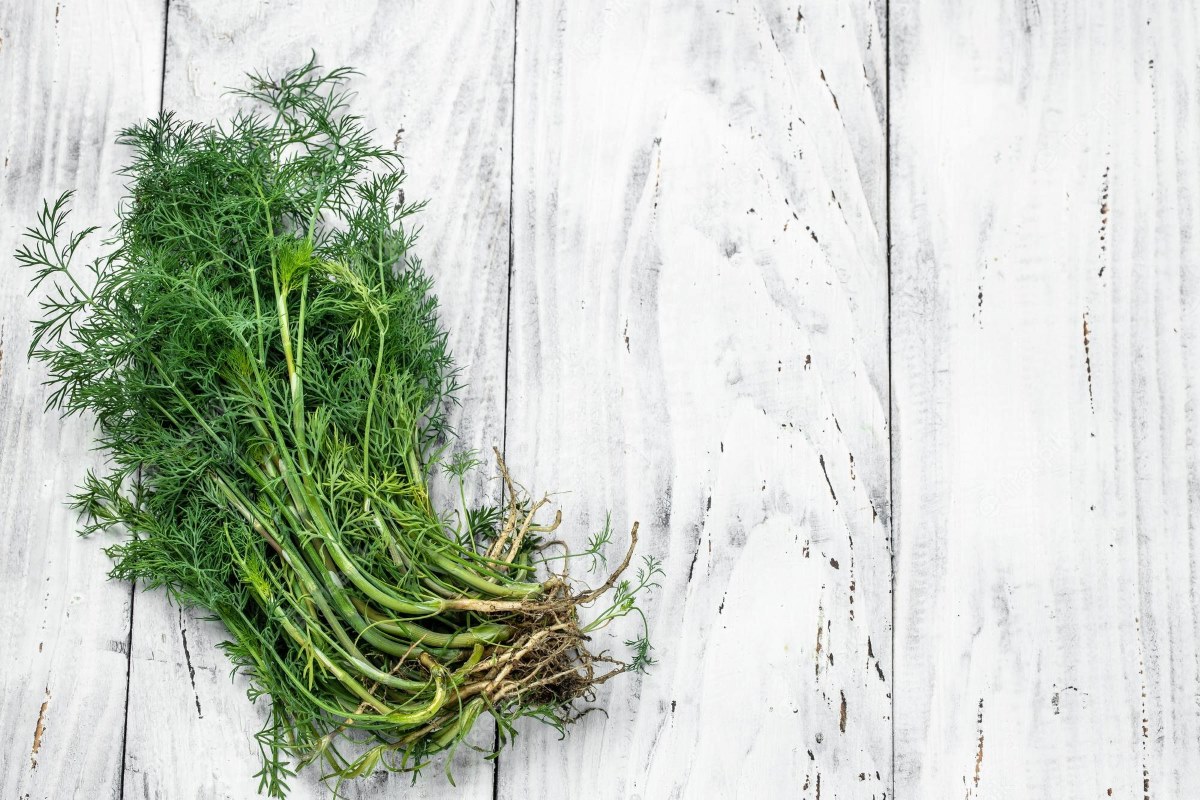
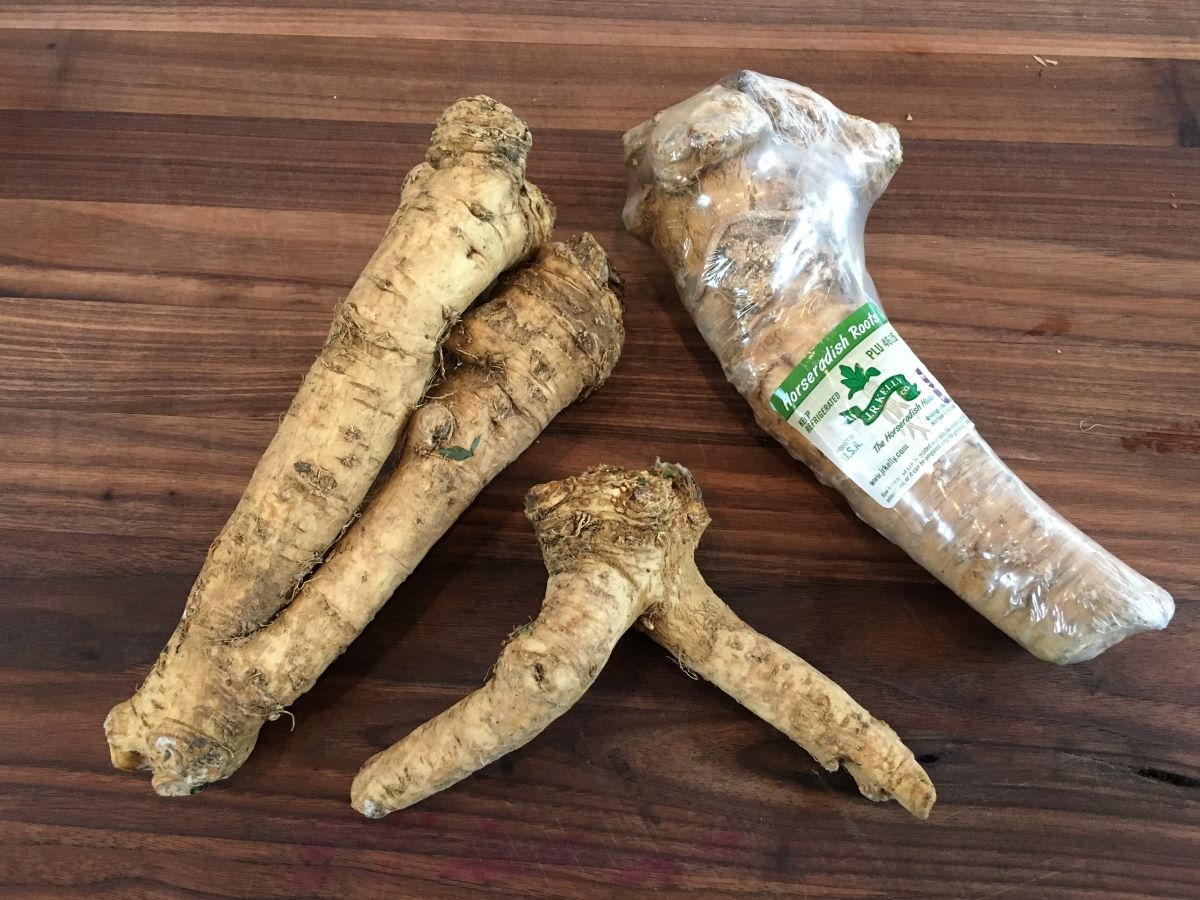
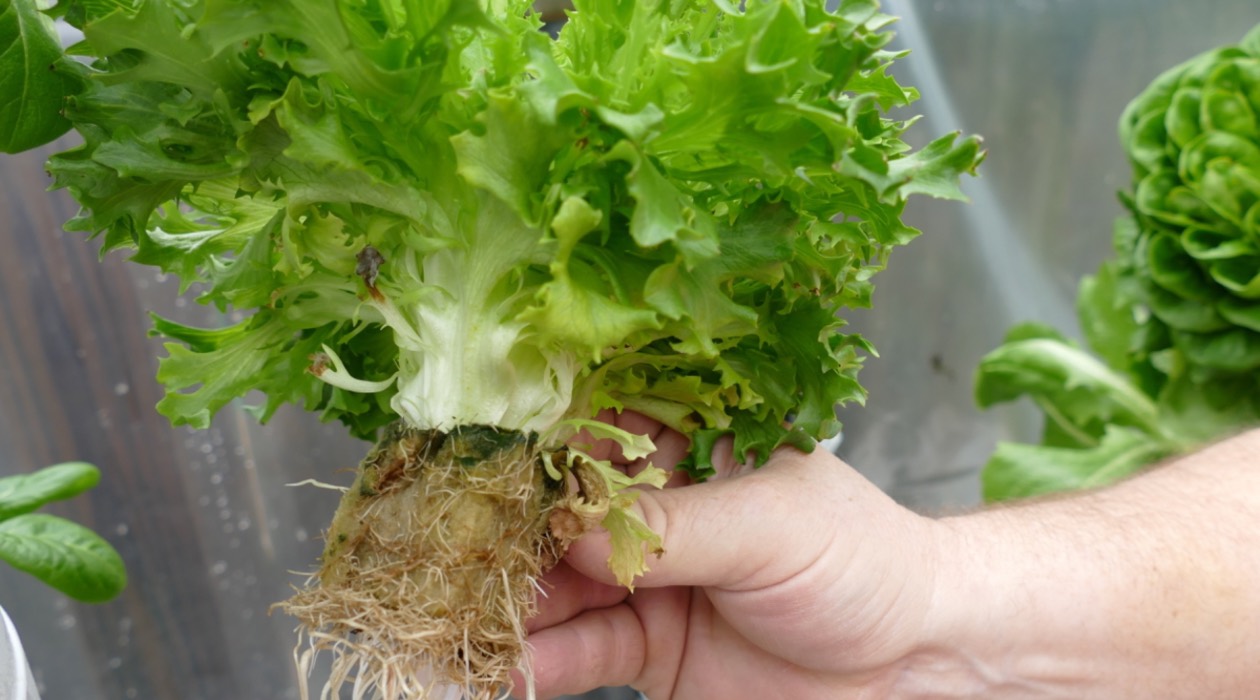
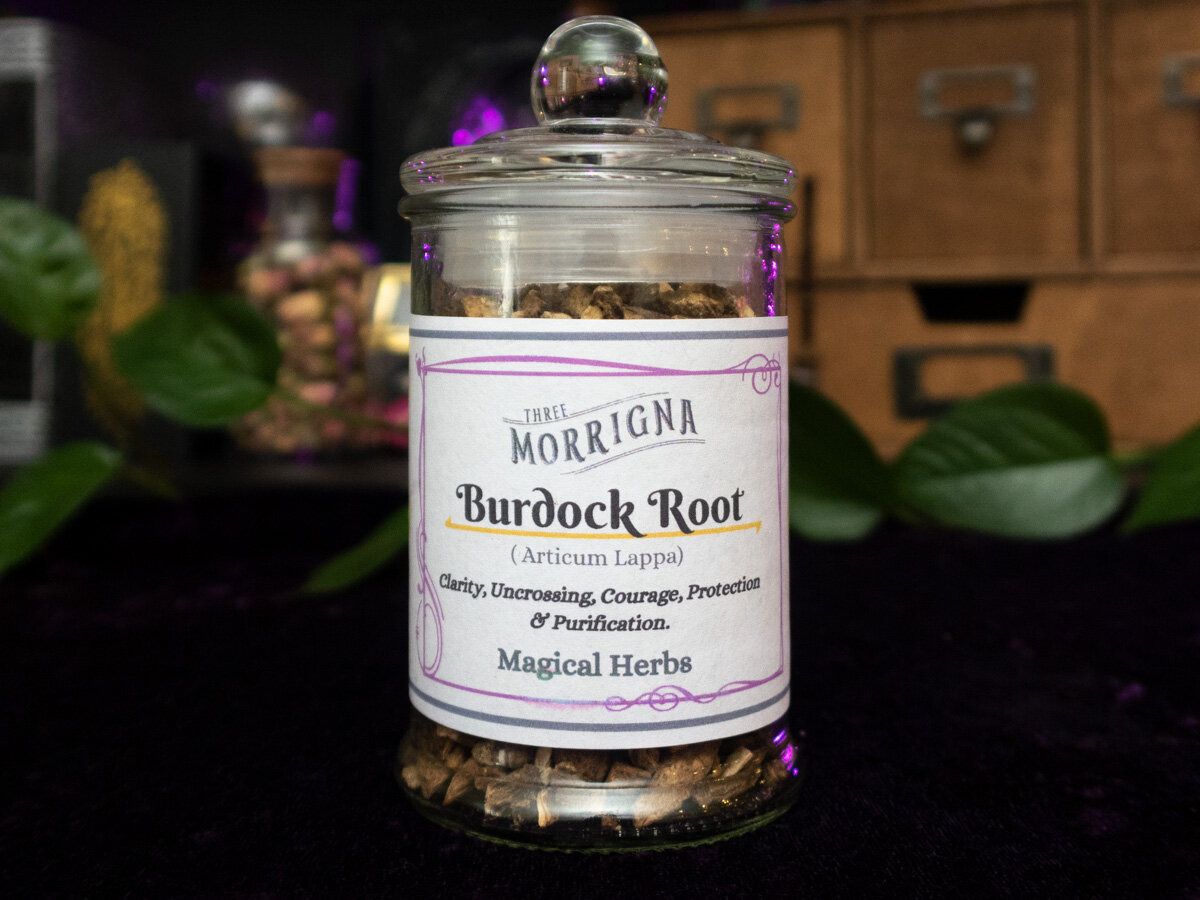
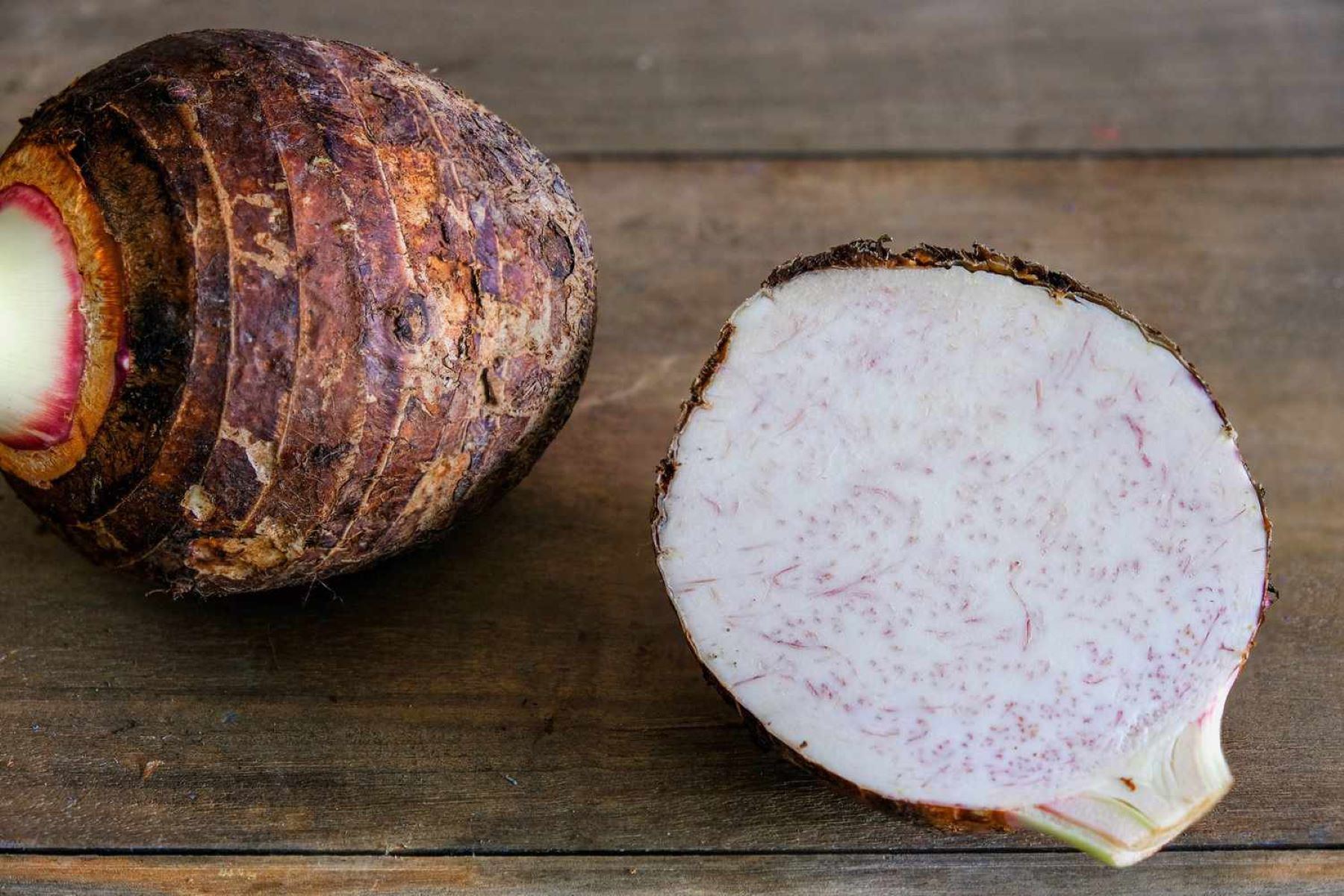


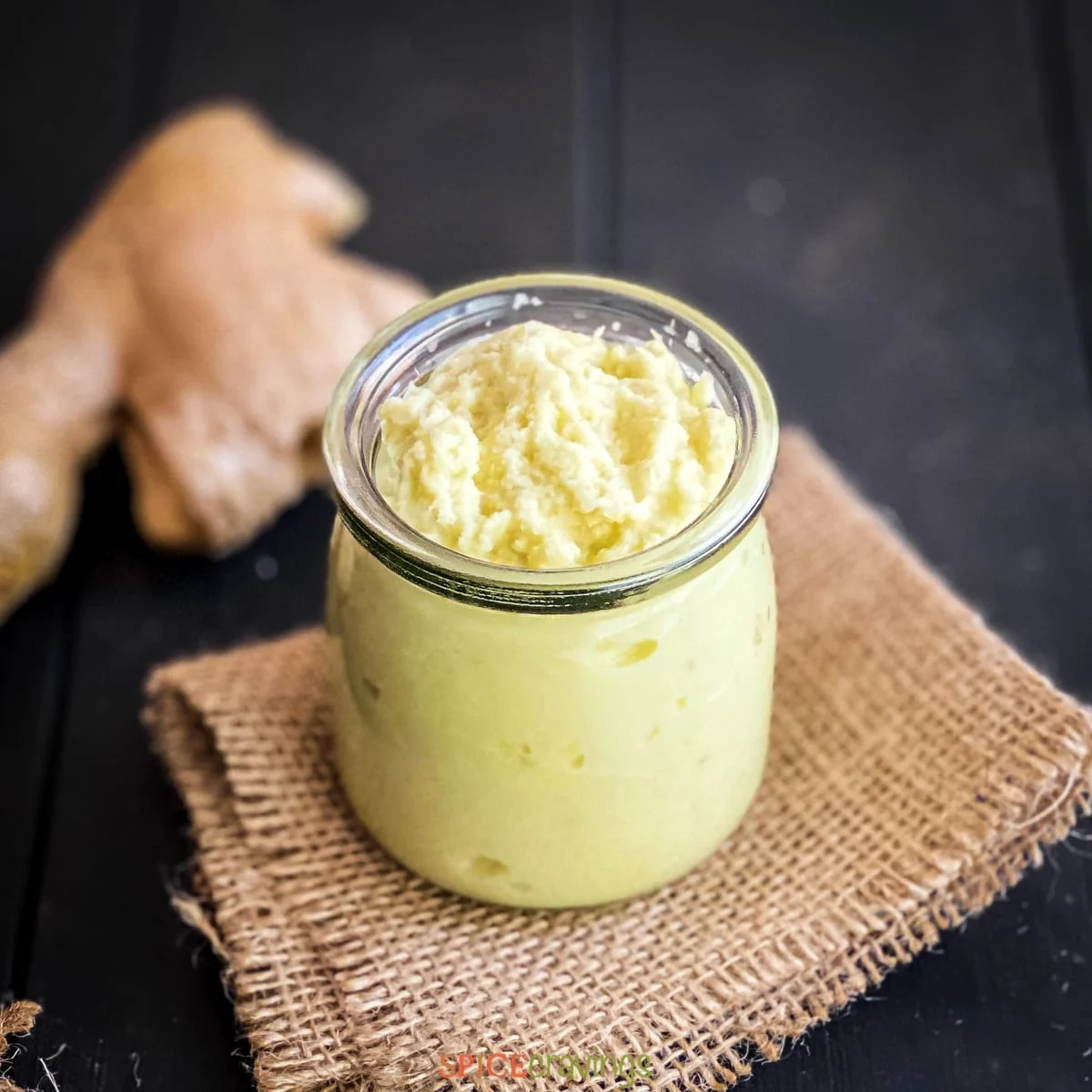
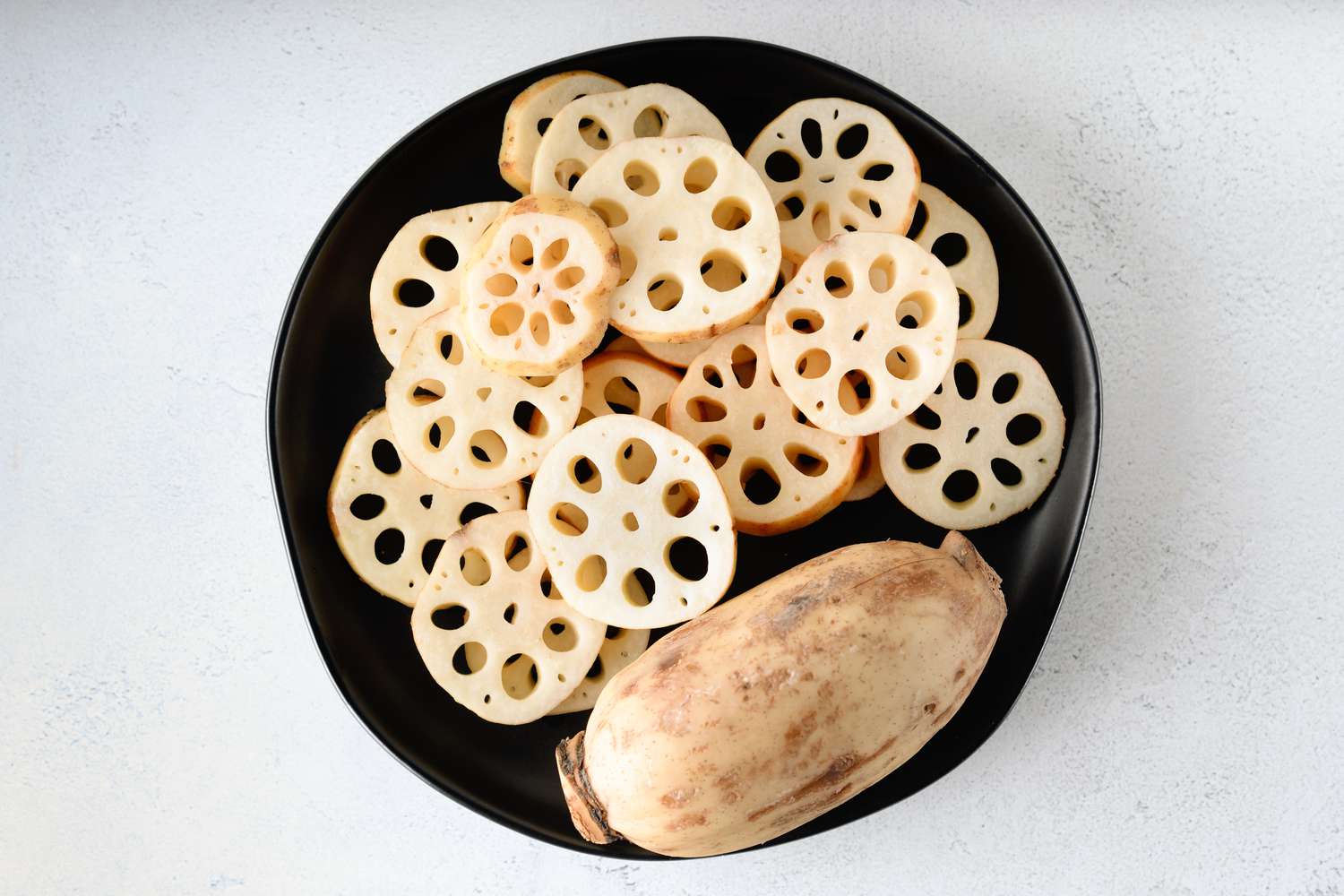
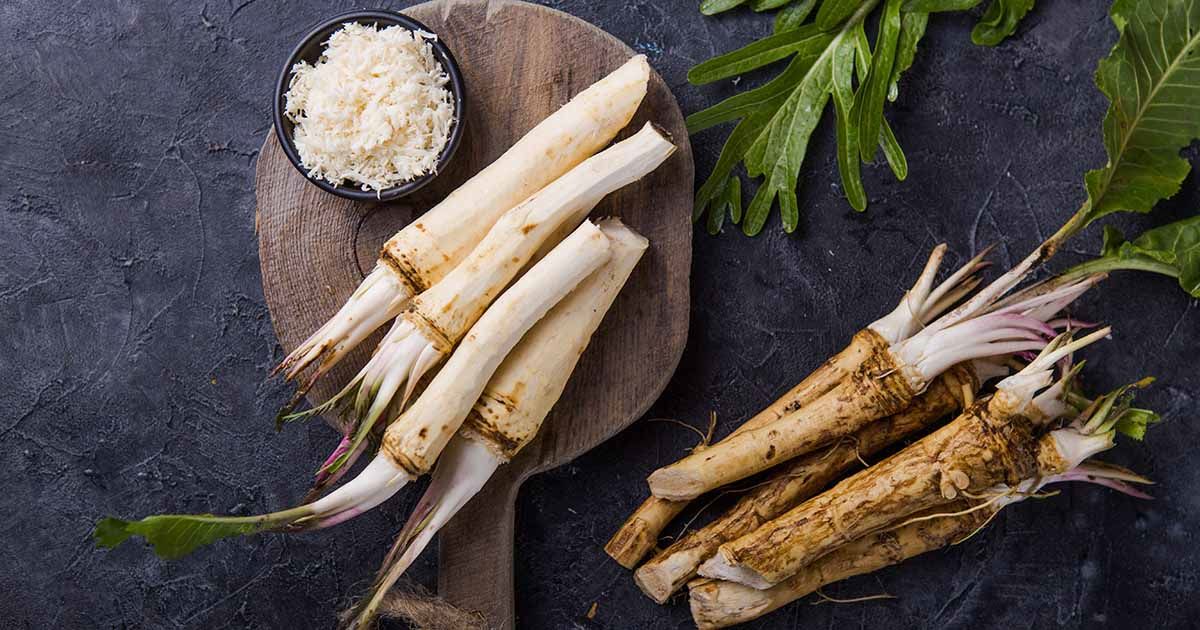
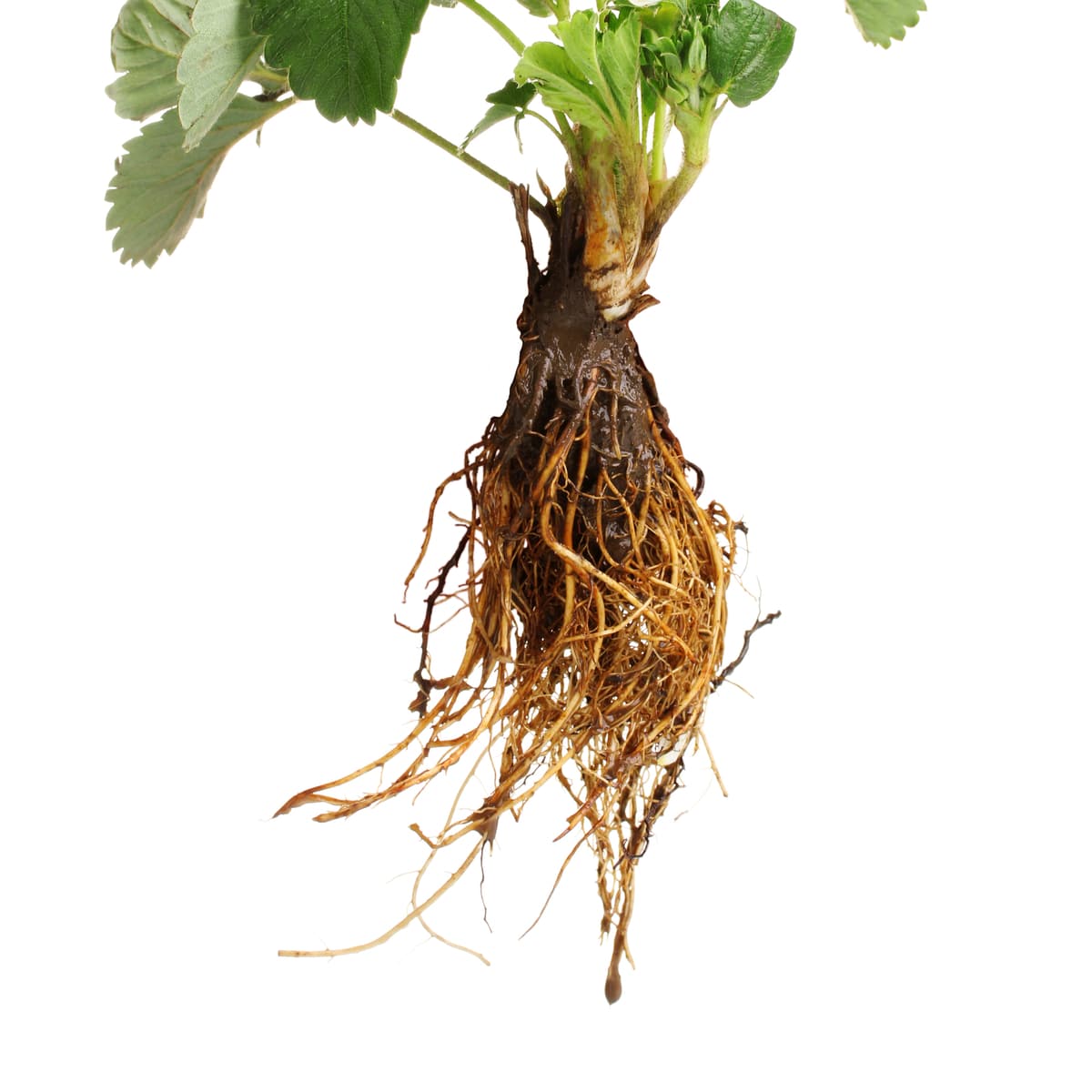
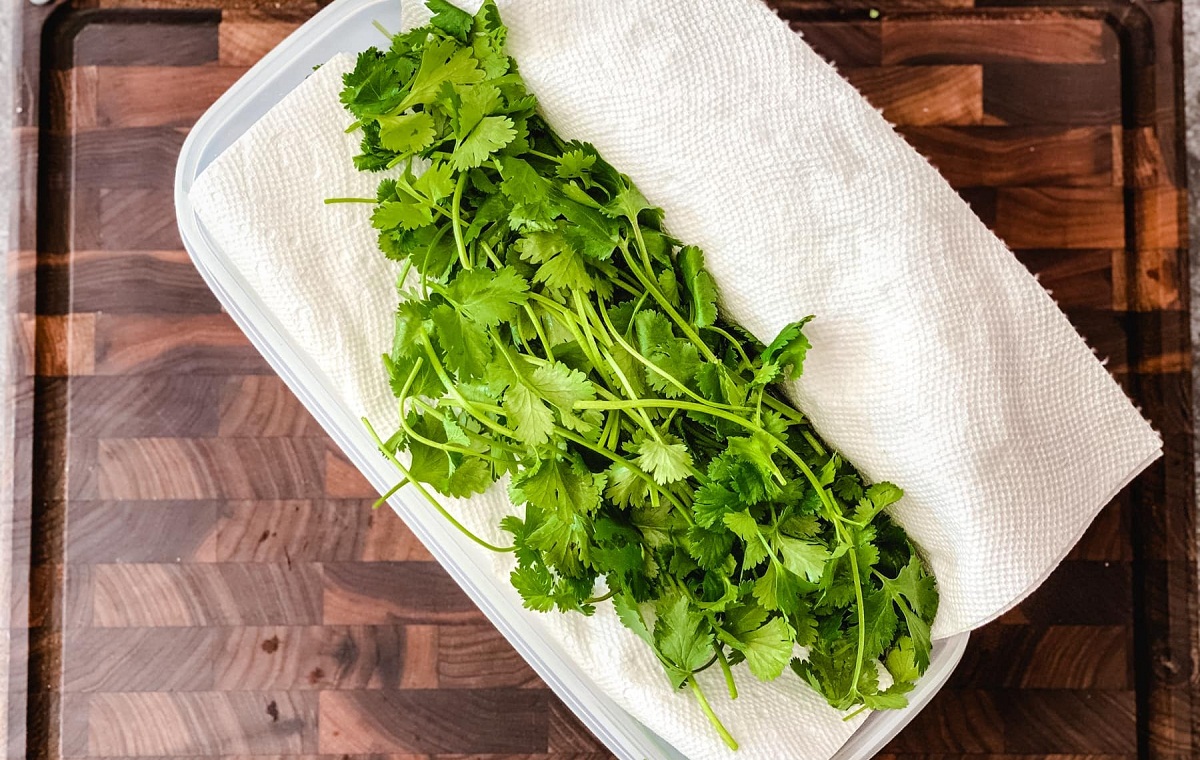
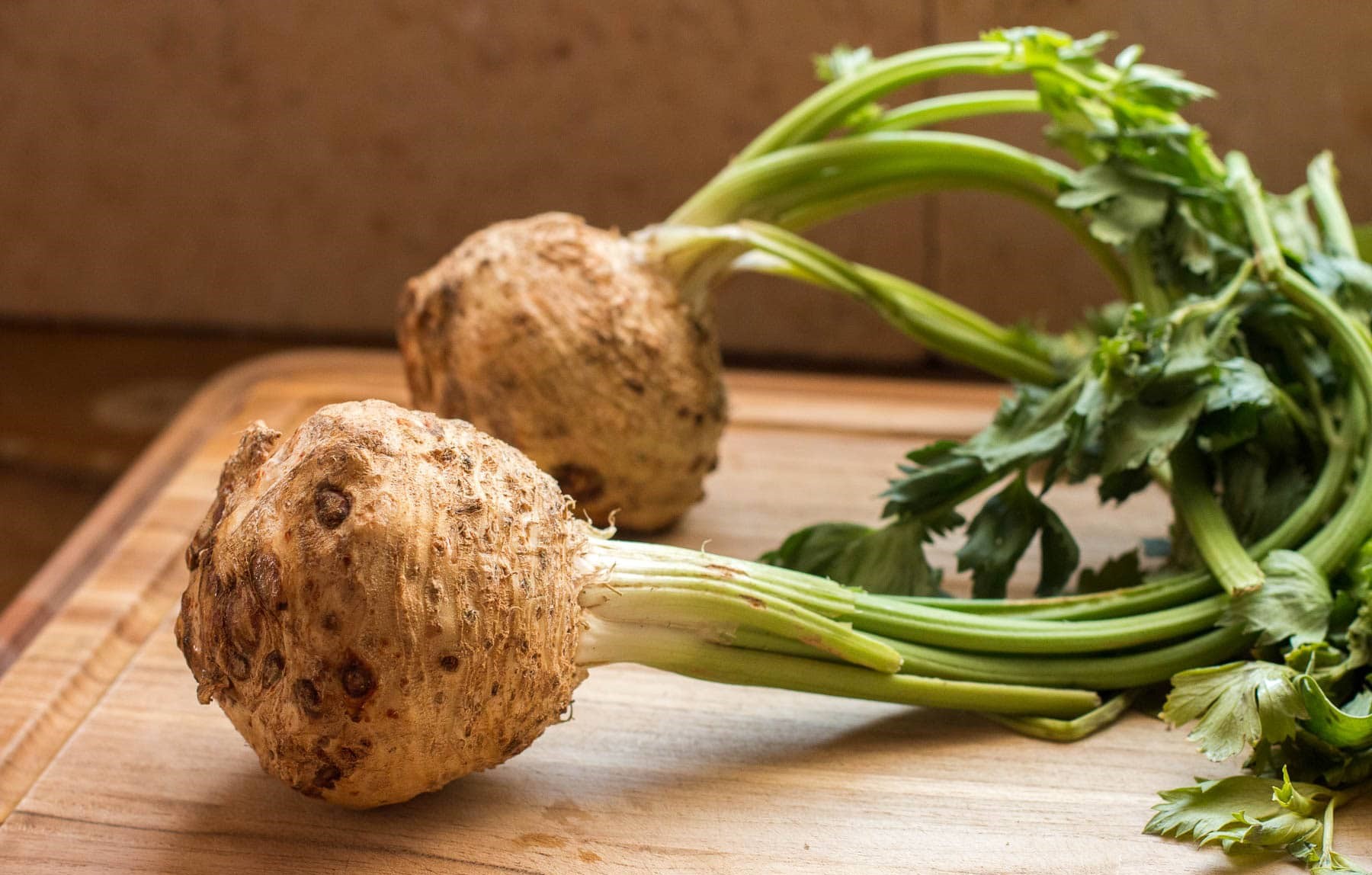

0 thoughts on “How To Store Fresh Ginseng Root”